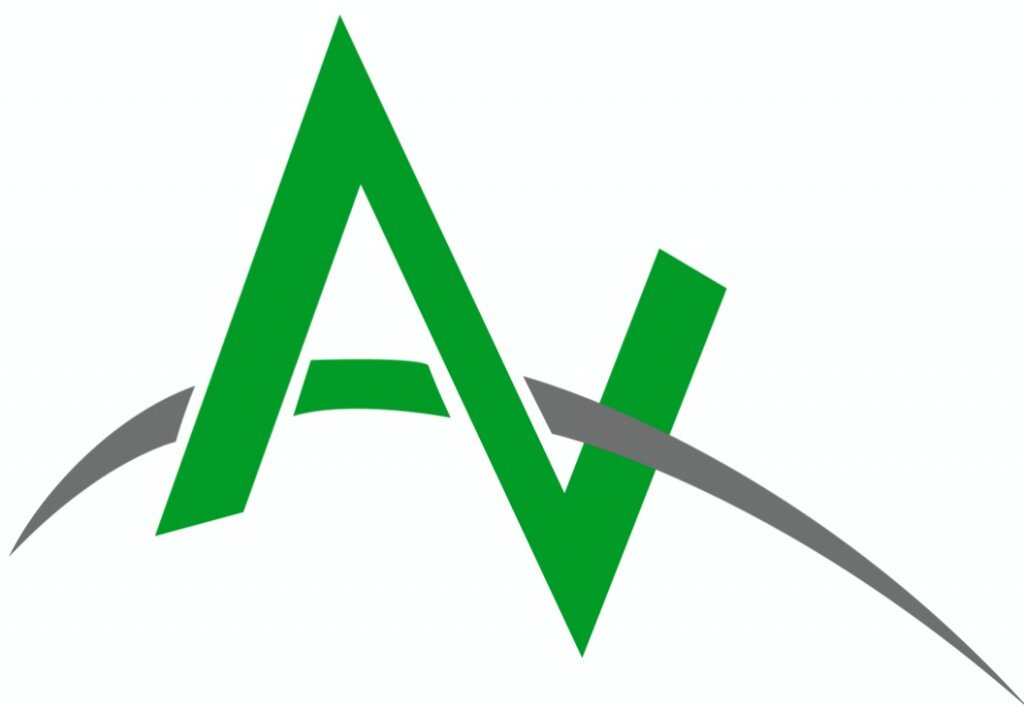Solving the problem of portable identity, one blockchain at a time
Blockchain is often overhyped as the solution to all the world's problems. That said, it is an important technology that can help solve some important issues, such as proof of identity that is difficult to steal and cannot be lost in a natural disaster.
At the recent Blockchain for Social Impact Conference here in New York City, Christine Leong of Accenture made a compelling case for the use of blockchain as an identity solution. (It was a great conference, and I'll probably have a couple more blog posts out of it soon.)
Consider this: Each of us has an average of 10 systems with usernames and passwords. Bank accounts, health insurance, email, and educational records are just a small cross-section of what we have protected by just a username/password, yet 1.9 billion usernames and passwords were exposed through data breaches and black market forums in 2017, Leong told us.
Basically, you should figure that at least one vital login of yours has been compromised. If you're lucky.
But that's thinking too narrowly about identity.
Every interaction starts with "Who are you?" "Are you say you are who you are?" This isn't just for people. It's for objects, organizations, prescription drugs, everything and everyone has some sort of identity that needs some sort of validation.
And now we have so much of this tied to a device in our pocket - our smartphones. These small computers are more important to us than just about anything else we own. In fact, a recent study showed that people would rather loan their car to a friend for 24 hours than their phone - despite the fact that the car probably cost a lot more money than the phone.
These questions of identity haven't been as difficult before now - physical identity is based on face-to-face interaction. Is the person standing in front you the person they claim to be? But digital identity doesn't allow for that.
As with many issues, Leong pointed out that if you solve for those who are at the bottom of the food chain in regards to identity - those with the most difficult identity problems to solve - then you will automatically solve the problem for those at the top of the chain. Too often, we approach these issues with an eye toward solving the problems of the few and the privileged, figuring we'll get to the more intractable problems later. That ignores the fact that if you solve those intractable problems, most of the easy problems get fixed, too. (Something that Shireen Mitchell and I have previously discussed in relation to other issues, just saying.)
Of course, the biggest issue right now in bringing in a blockchain (or any other) solution for the problems of proving digital identity is adoption. Adoption comes with utility. It simply must, as Leong said, provide value to end users.
Is this means accepted as proof of identity by your bank? Is the user experience intuitive and simple? Is it reliable and trustworthy? Is it portable?
Portable, in this sense, means that if you move from, say, England to the U.S., can you bring your medical history with you in a trusted method? When Leong did that, she had to undergo testing and many exams to prove to doctors here in the U.S. that she did indeed have a condition she'd been treated for in the U.K. for many years. She had no way of proving the doctors who treated her were who she said they were, or that her medical records were valid.
Blockchain is only part of the overall solution here, of course. The privacy and security issues need to be resolved (by not keeping PII on-chain, for example), and both artificial intelligence and biometrics have a role to play. But the relative security, immutability, and portability of blockchain-secured identity is compelling.
